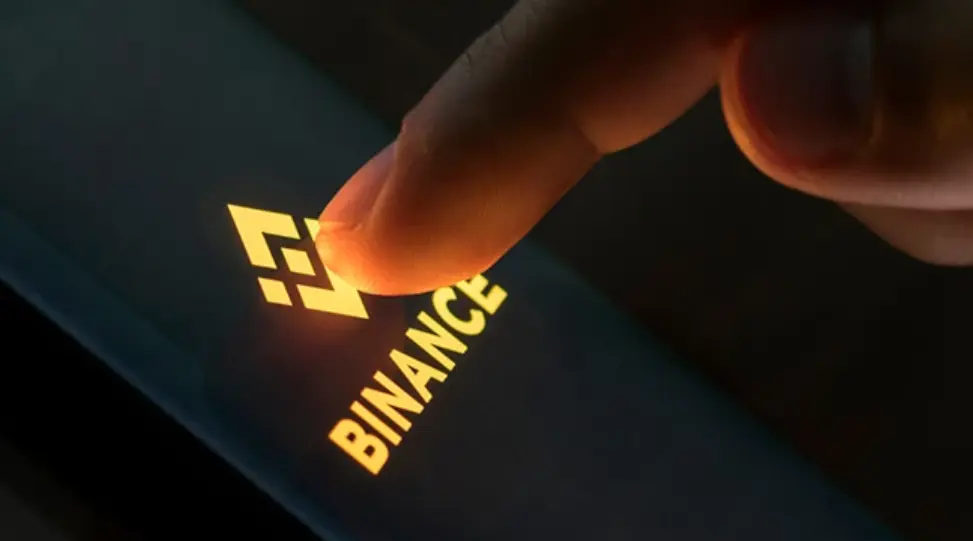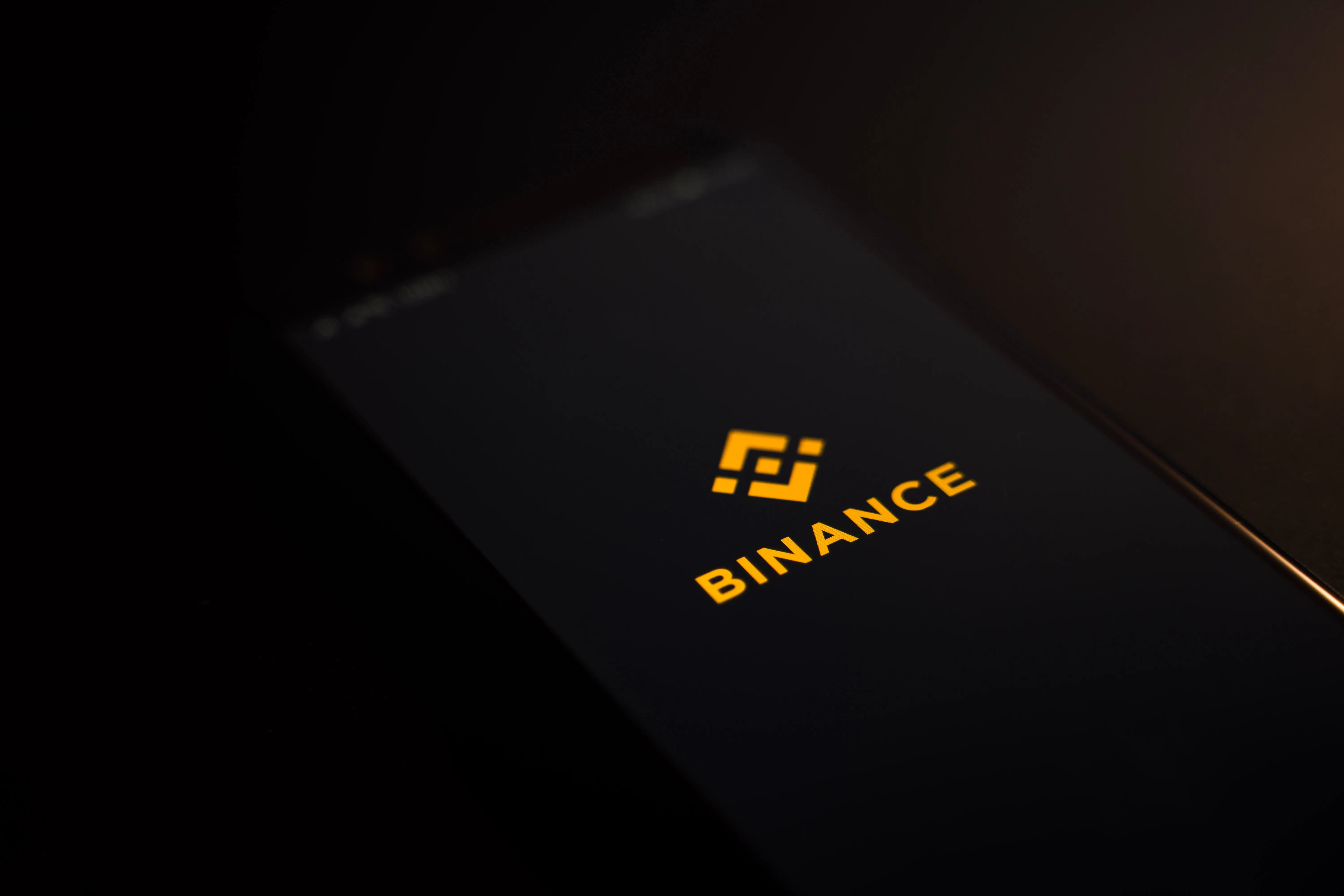
Perfection is a myth and every invention no matter how highly placed is bound to have a measure of imperfections. Based on this premise, Peter Drucker famously declared, “Innovate or Die!” and this served as the guiding principle for the development of the Binance Chain and ultimately Binance Smart Chain.
What Is The Binance Smart Chain?
Before delving into the risks associated with the Binance Smart Chain, it will be ideal to give a brief overview of BSC. In 2019, Binance launched the Binance Chain to fix a host of problems associated with existing blockchains and went a step further to improve decentralized or non-custodial trading.
Despite the brave attempts of Binance Chain to create a fast, decentralized blockchain, it also succumbed to the challenge of scalability, rigidity, and an absence of smart contracts. As a response to these challenges, Binance launched the Binance Smart Chain that was designed to solve the scalability issues and offer smart contracts functionality to users.
Using a unique dual-chain architecture and Proof-of-Staked Authority, BSC is designed to be compatible with the Ethereum Virtual Machine while allowing for the seamless transfer of assets from one blockchain to another. BSC may be described as running complementary to Binance Chain yet it remains wholly independent, capable of continuing operations even if Binance Chain has a blackout.

Risks Associated With Binance Smart Chain
Since its inception, Binance Smart Chain has provided users with smart contract functionalities, speed, flexibility and a range of dApps, yet it isn’t the perfect blockchain that it was designed to be.
There are several risks and shortcomings associated with the use of BSC. These risks include Binance’s risk of centralization, difficulty in becoming a node operator, playing second fiddle to Ethereum and the general risks associated with the proof-of-stake consensus model.

The Risk of Centralization
Decentralization is the hallmark of blockchain technology and the urge to eliminate intermediaries and third parties are among the reasons for the increasing acceptability of the technology.
Binance Smart Chain falls short when it comes to the issue of decentralization because of the way it is run.
BSC is the product of Binance, the largest cryptocurrency exchange in the world and according to Dr. Craig Wright, “Binance is the owner and controller of the system and the fact it is run in many servers means that it is distributed and not decentralized.”
As proof of the centralization of BSC, there exist only 21 validators on the blockchain which is a far cry from an unlimited number of validators on Bitcoin and Ethereum. 21 validators paint a portrait of centralization on the network and easily make the network susceptible to attacks from cybercriminals. In addition, centralized networks are prone to crashes arising from system failure and can be targeted by regulatory agencies.
It is pertinent that users of Binance Smart Chain are well aware of the risks that accompany centralization and decide if the benefits of flexibility, speed and low transaction fees are worth the hassle.

The Risk Associated With Proof of Staked Authority
Binance Smart Chain uses the Proof of Staked Authority consensus model which seems like a step up from the existing proof-of-work consensus used by Bitcoin, Monero and Zcash. It is more similar to the DPoS (Distributed Proof of Stake) used in EOS and similar projects.
To be specific, BSC makes use of a proof of staked authority model, seeking to improve on the ills associated with the proof-of-work consensus.
The proof of staked authority adopted by Binance Smart Chain provides for only 21 validators saddled with the task of producing new blocks on the blockchain and will earn rewards for each block.
Under the Proof of Stake method, validators that have huge amounts of cryptocurrency may wield enormous influence over the network as they continue to earn the right to create new blocks making the blockchain more centralized.
The Proof of Staked Authority which the Binance Smart Chain runs requires expensive hardware to become node operators and the need to be connected to the internet every single time is one of the requirements associated with this consensus model.
In addition, proof of staked authority lacks the core principle of decentralization which characterizes blockchain technology because it operates chiefly by having a limited number of validators. These are elected by the community. Usually, the people with the most assets have better chances, but fairness is ensured by community voting and bad behaviour is penalised.

The stringent requirement placed by Binance in deciding who becomes a node operator or a validator is one of the shortcomings of the Binance Smart Chain. The requirements are so stringent that it discourages potential network validators from even tinkering with the idea of becoming node operators.
Each node operator is expected to possess a 500GB disk space requirement for a blockchain that is barely four years old meanwhile Bitcoin that was launched in 2009 requires only 320 GB. The high standards set by BSC are a major reason militating against the growth of the network.
In order to be a validator, laptops are not ideal options to be used. Instead, a Virtual Private Server is recommended to run the BSC software. Also, 16 GB of RAM, a 64-bit CPU, and a 1 GB network fibre are among the requirements laid down by the BSC for potential validators.
It’s also worth mentioning that in years it will be impossible to run BSC on a regular computer since the size of the network will require enterprise level hardware. This is due to the high transaction throughput that increases network size considerably quicker in comparison to Ethereum.
The Risk of Playing Second Fiddle to Ethereum
When Binance Smart Chain launched, it was hailed as the blockchain that will mitigate and remedy the myriad problems associated with the Ethereum network.
The Ethereum network was mainly wracked by scalability problems and high gas fees and BSC rolled in to fix these issues.
By offering scalability, speed and lower gas fees, users of BSC are risking the rewards of innovation. This is as a result of the similarities that the BSC network shares with Ethereum, particularly the compatibility with the Ethereum Virtual Machine.
Since BSC has demonstrated an affinity for recruiting developers that were previously active on the Ethereum network, the problem of lack of innovation arises.
Conclusion
While Binance Smart Chain has enthralled users with the benefits of flexibility, cross-chain compatibility features and lower fees, it is not the perfect blockchain as there are still some inherent risks associated with the blockchain. As a step up to the Binance Chain, BSC has experienced a spike in the number of users of the network and the number continues to grow despite the obvious flaws in the design.
Users of the network should weigh the risks of centralization, difficulty in becoming a node operator, lack of innovation and the inherent risk of the proof of staked authority against the myriad benefits that Binance Smart Chain provides to its users.
Are you looking for expert advice about blockchain implementation at your company?
Get in touch with me for a free blockchain consultation. You can contact me on dennis.vandervecht@10clouds.com or call me on +48 793 200 141.



